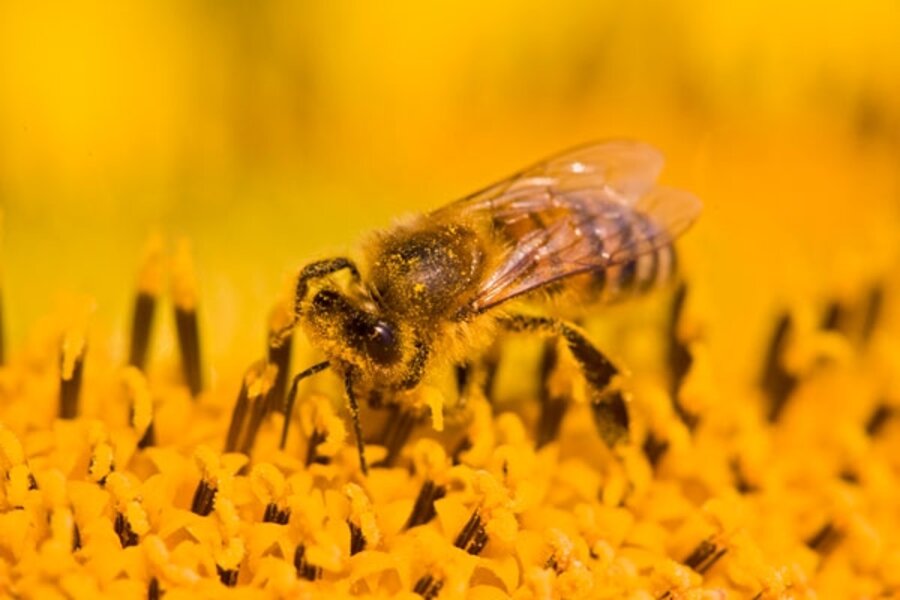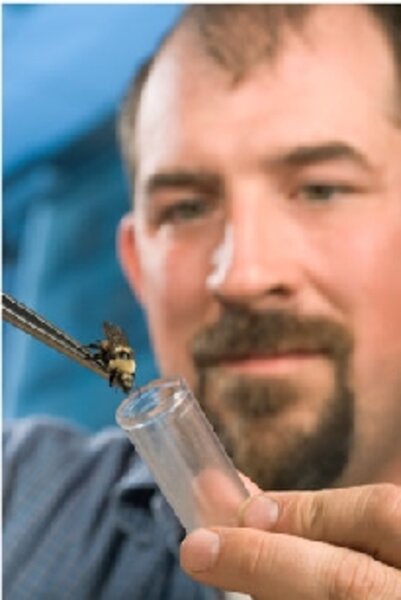Decline in honeybees highlights importance of wild pollinators
Loading...
The problems facing honeybees, which pollinate about a third of our food crops, are well known – colony collapse disorder and varroa mites among them.
But the global threats to plant pollination from the lack of bees are shining the spotlight on some native pollinators that can do the job until the honeybee problem is solved.
In fact, bumblebees and other wild bees are really better pollinators of some crops than honeybees, says Claire Carvell with the Centre for Ecology & Hydrology, Science Daily reports:
The important point to note is that while the economic value of pollination, estimated at around £20 billion worldwide, is often credited entirely to honeybees, bumblebees and several other wild bee species are in fact much more effective pollinators of many crops such as field beans, clover, tomatoes and apples. This arises from a combination of morphological adaptations and their flower visiting behaviour.
Researchers are discovering that's true for many native pollinators as Oregon bees, 20 species of squash and gourd bees, and mason bees.
Part of the problem, though, is that most wild bees nest in the soil or in tree cavities, not in hives as honeybees do. This means that growers need to know which bees are in their fields and how they can provide proper nesting materials for their conservation.
In another Science Daily report, Dr. Julianna K. Tuell of Michigan State University says:
Untreated bamboo or reeds are good materials because they provide natural variation in hole diameter to attract the broadest range of species. There are also a number of commercially manufactured options that growers can use, such as foam blocks with pre-drilled holes and cardboard tubes made to a particular diameter to suit a particular species of interest. Drilling different sized holes in wood is another option. If a grower is interested in trying to build up populations of a particular species, there are also details about how to do so available online.
Other options include restoring habitat for pollinators. Dr. Carvell explains one project:
We developed simple, low-cost seed mixtures containing pollen and nectar- rich forage plants. Our monitoring studies have shown that these can increase bumblebee numbers by more that 30-fold when sown at the edges of cropped fields.
Operation Bumblebee in Britain has been spreading the word to farmers and the program has expanded to become Operation Pollinator in France, Germany, Hungary, Italy, Spain, and Portugal. The goal is not only to improve crop yields but also to increase biodiversity.
Editor's note: For more articles about the environment, see the Monitor’s main environment page, which offers information on many environment topics. Also, check out our Bright Green blog archive and our RSS feed.
You can also follow Judy on Twitter.



